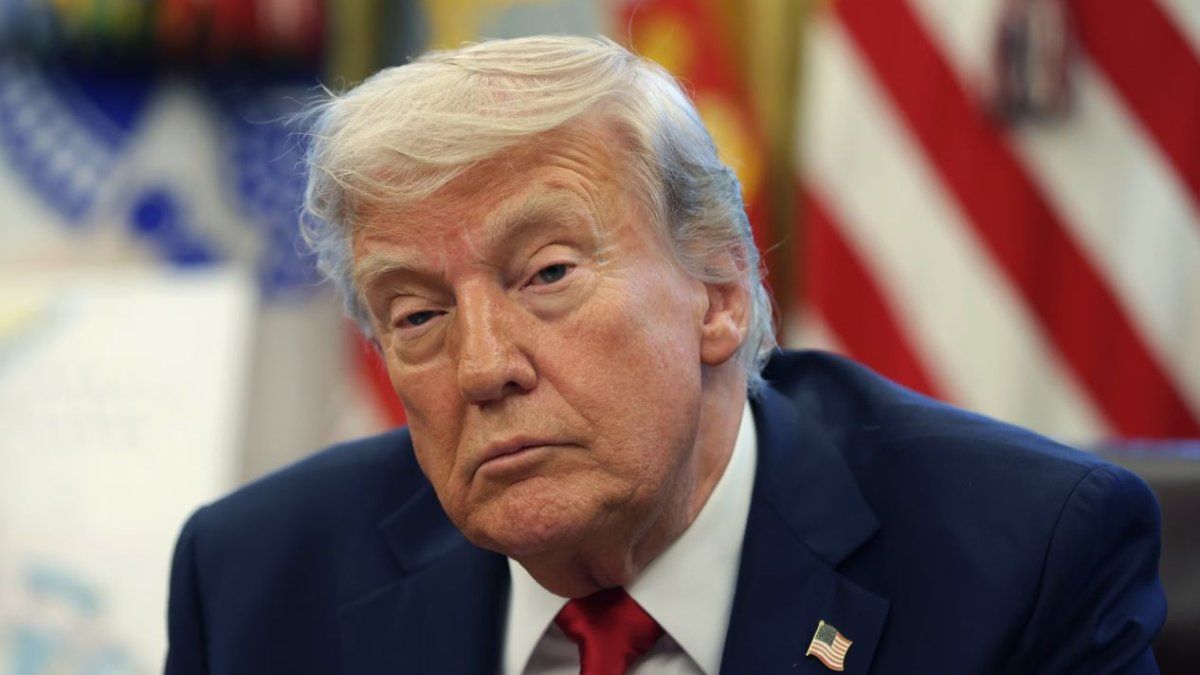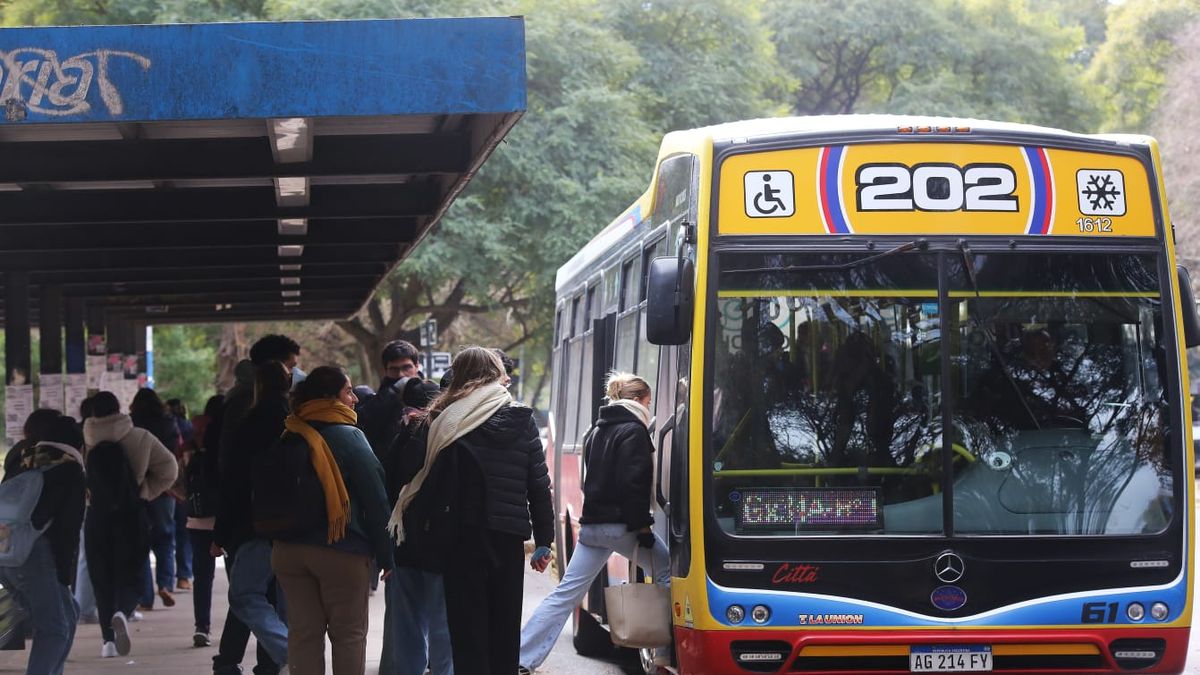Ukrainian troops have been advancing in Russia for a week. Kremlin chief Putin has called an emergency meeting, and the nervousness is palpable. A governor reveals more than he should.
Russian President Vladimir Putin has ordered his armed forces to finally stop the Ukrainian army’s advance in the Russian Kursk region, which has been going on for a week. “The main task of the Defense Ministry is now to drive the enemy out of our territories and ensure reliable border security,” Putin said at an emergency meeting in Moscow.
The acting governor of Kursk, Alexei Smirnov, revealed at the meeting, rather unintentionally, how deeply Russia has been hit by the surprise invasion. In his area, 120,000 people have been evacuated from the affected or endangered districts, he said. Another 60,000 people are still in places where they have to be evacuated for safety reasons. “The situation in the region is difficult.” There were 12 dead and 121 injured, including 10 children; around 2,000 people are missing.
Reprimand from the Kremlin chief
Smirnov also said that 28 Russian towns were in Ukrainian hands. Ukrainian troops had penetrated 12 kilometers deep on a 40-kilometer front. This information earned him a rebuke from the Kremlin chief: the governor should not comment on the military situation, but only on social issues, Putin said.
The actual situation in this front remained unclear even seven days after the Ukrainian invasion. Ukraine has been fending off a Russian invasion for almost two and a half years and has for the first time moved an offensive action by its army to the attacker’s territory. Since last Tuesday, Ukrainian units have reportedly established themselves in many places. The leadership in Kiev has remained silent about the aim of the operation. But the attacks have given the Ukrainian army freedom of movement and presented the Russian side with unexpected problems. In recent days, citizens in the affected Russian region have complained many times that the evacuation was poorly organized. Thousands have fled their homes.
Putin rejects negotiations
With this move, Ukraine wants to strengthen its future negotiating position, said Putin. But he rejected negotiations. “What kind of negotiations can we even talk about with people who indiscriminately attack civilians and civilian infrastructure or try to endanger nuclear power plants?” The Russian offensive in the east and south of Ukraine will continue unhindered, Putin announced.
He instructed the domestic intelligence service FSB and the National Guard to track down and eliminate Ukrainian reconnaissance and sabotage squads. Russia has declared an anti-terrorist operation in the three border regions of Bryansk, Kursk and Belgorod. This means that the FSB has the say. But it also means that the intelligence service, army and National Guard must coordinate. “Despite the deployment of additional army units, it has not yet been possible to stabilize the front line,” wrote the Russian military blog Rybar.
Evacuations also in the Belgorod region
At the crisis meeting, the governor of the Belgorod region, Vyacheslav Gladkov, also spoke of a difficult situation for almost 115,000 people directly on the border with Ukraine. The evacuation of the residents of the Krasnaya Yaruga district has therefore begun. Around 11,000 people left the area. According to Rybar, Ukrainian forces tried to enter the area with soldiers and tanks via the Kolotilovka border crossing. This attempt was repelled.
No radiation after fire at Zaporizhia nuclear power plant
According to the Kiev ministry, no increased radiation was measured after a fire at the Russian-occupied Zaporizhia nuclear power plant in Ukraine. “With the means at our disposal, the monitoring systems, no emissions or releases of radioactive substances have been detected,” said Ukrainian Deputy Energy Minister Svitlana Hrynchuk on television. The fire on Sunday evening probably damaged a cooling tower and other facilities.
Hrynchuk accused the Russian crew of Europe’s largest nuclear plant of starting the fire. Ukrainian President Volodymyr Zelensky had previously made similar comments. The power plant management appointed by Russia and the administration for the occupied part of the Zaporizhzhia region, however, spoke of a Ukrainian drone attack. However, the Russian side also clarified that the fire had only been caused by a cooling tower on the power plant site.
Observers from the International Atomic Energy Agency (IAEA) are stationed at the nuclear power plant and, according to Russian information, were allowed to inspect the damage the following day. The damage to the cooling tower does not affect the safety of the six idle reactors, said Rafael Grossi, the director general of the agency in Vienna. However, he warned: “Any type of fire on the site or in its vicinity means the risk that it will spread to safety-relevant facilities.”
Source: Stern
I have been working in the news industry for over 6 years, first as a reporter and now as an editor. I have covered politics extensively, and my work has appeared in major newspapers and online news outlets around the world. In addition to my writing, I also contribute regularly to 24 Hours World.




